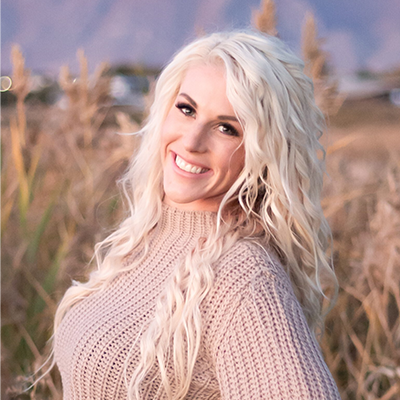Hey folks, sorry for the delay in getting these to you... The weather pattern has been active! At any rate, I really only want to talk about the next few months, because I think the models may change as the El Nino develops. We are not in an El Nino right now, despite the warming of the Pacific Ocean. In fact, if you want to see the difference between last year and this year, see for yourself
Last year...

This year...

As anticipated, pretty big changes have taken place. Also, look at the changes taking place off the west coast of the US just in the past 30 days...

We saw a negative/cold PDO on the order of -3.00 in April, but I have a feeling that the May value is going to have moderated considerably. This continues to be a great trend...
Here's a look at rainfall anomalies for the past 30 days.

For the past 14 days...

Some of the rains that have been happening along and east of the mountains are some of the biggest rains we've seen in a long time. While we still have a ways to go for some areas, this is the type of pattern I have been talking about for months. Late April and May, were going to be the "tell" for the developing pattern... Rainfall anomalies for the next two weeks look like this.

Some areas of the Western US, Northern Rockies, and Midwest will remain drier than average. However, folks in the Western/Southern Plains look to stay wetter than average. This will continue to aid in drought recovery, as we put more moisture in the ground.
With this in mind, let's see what June, July, and August are looking like.
NMME Precipitation Forecast June - August



EURO Seasonal Model Precipitation Forecast June - August



IRI Multi-Model Probability Precipitation Forecast June - August

As you can see, all of the models are pretty much on the same page. However, the most important thing that they are keying on is a diminished southwest monsoon. Areas along and west of the Continental Divide and in the Four Corners area may not have nearly as prolific monsoons when compared to the past couple of years. Does that mean that dryness will extend in a meaningful way east of the mountains? Perhaps not, as the dry signal seems to be the strongest the farther west you live. This will be something I will be watching very closely, in the coming weeks. For right now, I like what is happening east of the mountains in that we are putting water in the ground. Historically, if we do that now, we usually don't have a lot to worry about for the summer. Fingers crossed...
Beyond August, the main focus will be what happens with El Nino. I still think there will be one, and it could be significant. Models are still suggesting as much... In the coming weeks, I will be sorting through analog years to line up the forecast for the fall and winter seasons. Hope you all are well, and if you have any questions, please don't hesitate to ask.
Brian




.webp)




